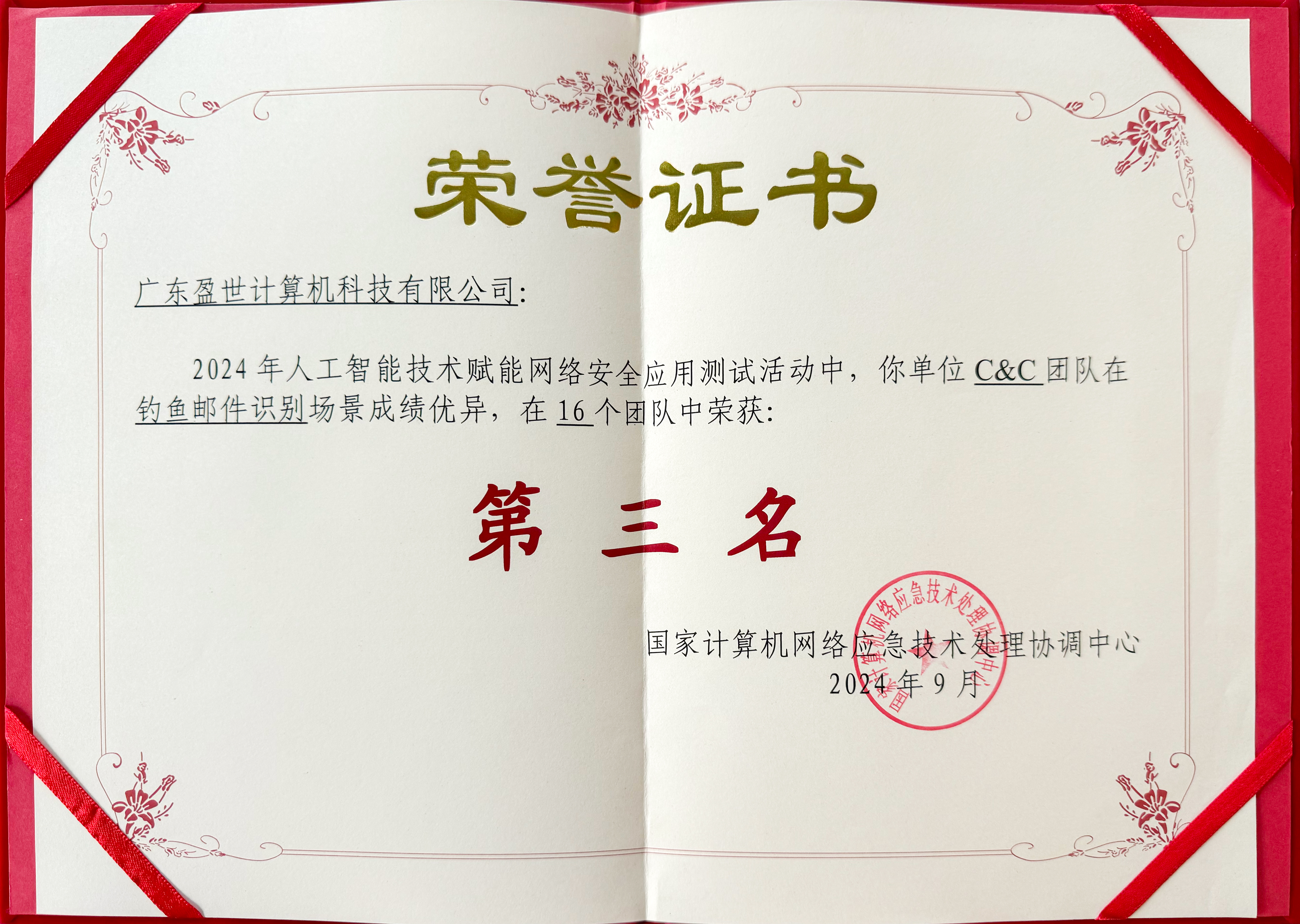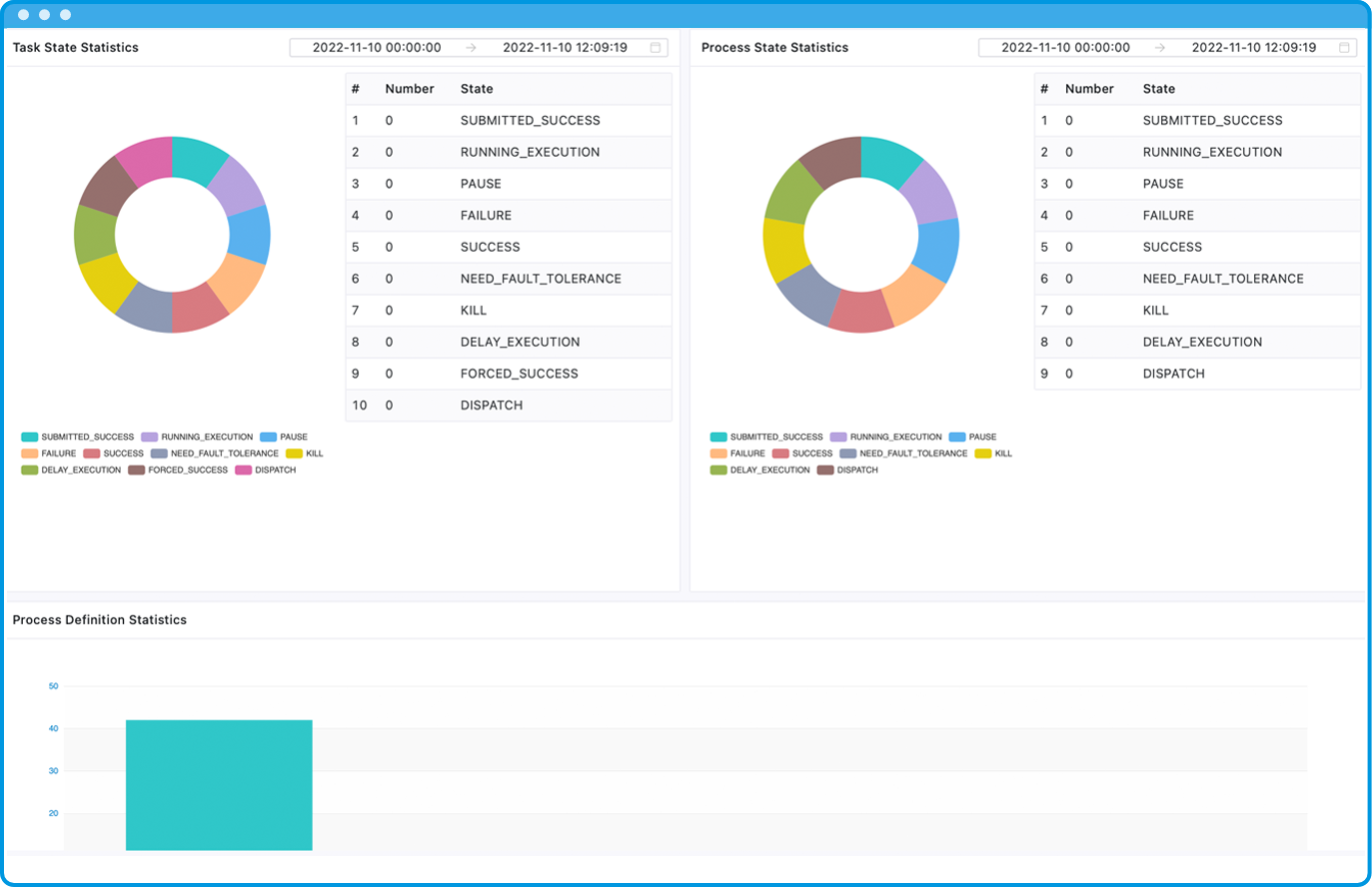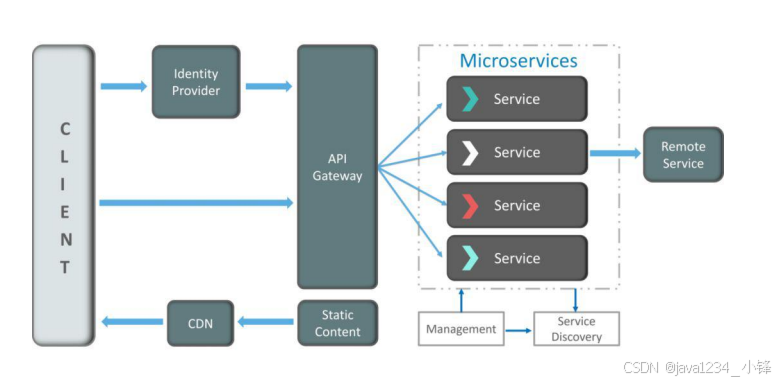文章目录
须知
💬 欢迎讨论:如果你在学习过程中有任何问题或想法,欢迎在评论区留言,我们一起交流学习。你的支持是我继续创作的动力!
👍 点赞、收藏与分享:觉得这篇文章对你有帮助吗?别忘了点赞、收藏并分享给更多的小伙伴哦!你们的支持是我不断进步的动力!
🚀 分享给更多人:如果你觉得这篇文章对你有帮助,欢迎分享给更多对C++感兴趣的朋友,让我们一起进步!
1. 队列的概念与结构
1.1 概念
概念:只允许在⼀端进⾏插⼊数据操作,在另⼀端进⾏删除数据操作的特殊线性表,队列具有先进先 出FIFO(First In First Out)
。⼊队列:进⾏插⼊操作的⼀端称为队尾
。出队列:进⾏删除操作的⼀端称为队头

1.2 结构
使用链表,包含头、尾指针。

2. 队列的实现
2.1 队列的初始化和销毁
2.1.1 初始化
。定义队列,一个结构体用来定义队列,其中有指向队列头尾的指针(其中还有一个size,用来保存链表长度,后面会讲到为什么),另一个就是队列结点的结构,和单链表一样
#define _CRT_SECURE_NO_WARNINGS 1
#include "Queue.h"
void QueueInit(Q* pq)
{
assert(pq);
pq->phead = pq->ptail = NULL;
pq->size = 0;
}
2.1.2 销毁
void QueueDestroy(Q* pq)
{
assert(pq);
assert(!QueueEmpty(pq));
QNode* pcur = pq->phead;
while (pcur)
{
QNode* next = pcur->next;
free(pcur);
pcur = next;
}
pq->phead = pq->ptail = NULL;
pq->size = 0;
}
。和单链表的销毁基本一样,循环销毁节点
2.2 队列的增删数据
2.2.1 入队列(增加数据)
入队列:只能从队尾入队列,即增加数据。
QNode* BuyNode(QDataType x)
{
QNode* newnode = (QNode*)malloc(sizeof(QNode));
if (newnode == NULL)
{
perror("malloc fail!");
exit(1);
}
newnode->data = x;
newnode->next = NULL;
return newnode;
}
void QueuePush(Q* pq, QDataType x)
{
assert(pq);
if (pq->phead == NULL)
pq->phead = pq->ptail = BuyNode(x);
else
{
pq->ptail->next = BuyNode(x);
pq->ptail = pq->ptail->next;
}
pq->size++;
}
2.2.2 出队列(删除数据)
注意:当队列为空时,不可以再出队列
2.2.2.1 队列判空
bool QueueEmpty(Q* pq)
{
assert(pq);
return pq->phead == NULL && pq->ptail == NULL;
}
void QueuePop(Q* pq)
{
assert(pq);
assert(!QueueEmpty(pq));
//只有一个节点的情况,避免ptail变成野指针
if (pq->ptail == pq->phead)
{
free(pq->phead);
pq->phead = pq->ptail = NULL;
}
else
{
QNode* next = pq->phead->next;
free(pq->phead);
pq->phead = next;
}
pq->size--;
}
2.3 返回队头/队尾数据
2.3.1 返回对头数据
QDataType QueueFront(Q* pq)
{
assert(pq);
assert(!QueueEmpty(pq));
return pq->phead->data;
}
2.3.2 返回队尾数据
QDataType QueueBack(Q* pq)
{
assert(pq);
assert(!QueueEmpty(pq));
return pq->ptail->data;
}
2.4 返回队列的有效数据个数
- size作用
- 首先队列和栈一样,不能进行遍历和随机访问,必须将队头出数据才能访问下一个,这样遍历求个数是不规范的
- 其次时间复杂度O(N),程序效率低
所以我们在队列结构里多定义了一个size,很好地解决了这个问题
int QueueSize(Q* pq)
{
assert(pq);
//不规范且时间复杂度O(n)
//int size = 0;
//QNode* pcur = pq->phead;
//while (pcur)
//{
// size++;
// pcur = pcur->next;
//}
//return size;
return pq->size;
}
3. (赋源码)
Queue.h
#pragma once
#include <stdio.h>
#include <stdlib.h>
#include <assert.h>
#include <stdbool.h>
typedef int QDataType;
typedef struct QueueNode//队列节点的结构,即单链表节点的结构
{
QDataType data;
struct QueueNode* next;
}QNode;
typedef struct Queue//队列的结构,定义指向队列头尾的指针,以及队列节点的个数
{
QNode* phead;
QNode* ptail;
QDataType size;
}Q;
void QueueInit(Q*);
//入队列,队尾
void QueuePush(Q*, QDataType);
//出队列,队头
void QueuePop(Q*);
//队列判空
bool QueueEmpty(Q*);
//取队头数据
QDataType QueueFront(Q*);
//取队尾数据
QDataType QueueBack(Q*);
//队列有效元素个数
int QueueSize(Q*);
void QueueDestroy(Q*);
Queue.c
#define _CRT_SECURE_NO_WARNINGS 1
#include "Queue.h"
void QueueInit(Q* pq)
{
assert(pq);
pq->phead = pq->ptail = NULL;
pq->size = 0;
}
QNode* BuyNode(QDataType x)
{
QNode* newnode = (QNode*)malloc(sizeof(QNode));
if (newnode == NULL)
{
perror("malloc fail!");
exit(1);
}
newnode->data = x;
newnode->next = NULL;
return newnode;
}
void QueuePush(Q* pq, QDataType x)
{
assert(pq);
if (pq->phead == NULL)
pq->phead = pq->ptail = BuyNode(x);
else
{
pq->ptail->next = BuyNode(x);
pq->ptail = pq->ptail->next;
}
pq->size++;
}
bool QueueEmpty(Q* pq)
{
assert(pq);
return pq->phead == NULL && pq->ptail == NULL;
}
void QueuePop(Q* pq)
{
assert(pq);
assert(!QueueEmpty(pq));
//只有一个节点的情况,避免ptail变成野指针
if (pq->ptail == pq->phead)
{
free(pq->phead);
pq->phead = pq->ptail = NULL;
}
else
{
QNode* next = pq->phead->next;
free(pq->phead);
pq->phead = next;
}
pq->size--;
}
QDataType QueueFront(Q* pq)
{
assert(pq);
assert(!QueueEmpty(pq));
return pq->phead->data;
}
QDataType QueueBack(Q* pq)
{
assert(pq);
assert(!QueueEmpty(pq));
return pq->ptail->data;
}
int QueueSize(Q* pq)
{
assert(pq);
//不规范且时间复杂度O(n)
//int size = 0;
//QNode* pcur = pq->phead;
//while (pcur)
//{
// size++;
// pcur = pcur->next;
//}
//return size;
return pq->size;
}
void QueueDestroy(Q* pq)
{
assert(pq);
assert(!QueueEmpty(pq));
QNode* pcur = pq->phead;
while (pcur)
{
QNode* next = pcur->next;
free(pcur);
pcur = next;
}
pq->phead = pq->ptail = NULL;
pq->size = 0;
}
test.c
该源文件的作用:每写出一个函数方法(接口),进行测试判断该函数方法实现功能是否满足需求,当出错误的时候,以便更好检查。
如果写了一堆函数方法,整体测试会很麻烦,头大。
#define _CRT_SECURE_NO_WARNINGS 1
#include "Queue.h"
void QueueTest01()
{
Q q;//定义队列
QueueInit(&q);
QueuePush(&q, 1);
QueuePush(&q, 2);
QueuePush(&q, 3);
QueuePush(&q, 4);
///
printf("head:%d\n", QueueFront(&q));
printf("tail:%d\n", QueueBack(&q));
printf("size:%d\n", QueueSize(&q));
QueuePop(&q);
QueueDestroy(&q);
}
int main()
{
QueueTest01();
return 0;
}

相信通过这篇文章你对数据结构(队列)的有了初步的了解。如果此篇文章对你学习数据结构与算法有帮助,期待你的三连,你的支持就是我创作的动力!!!
下一篇文章再会!!!
我的博客即将同步至腾讯云开发者社区,邀请大家一同入驻:https://cloud.tencent.com/developer/support-plan?invite_code=3piibi9t9hc0g



















